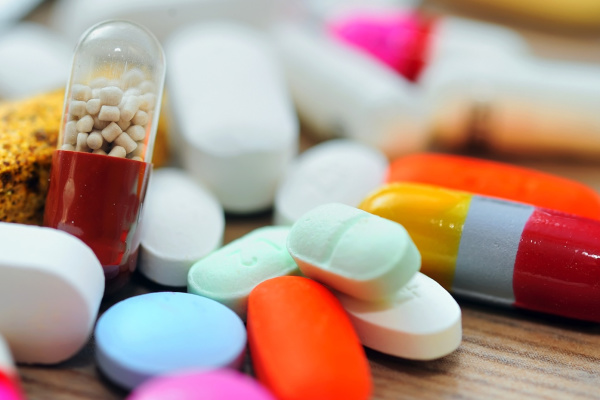Malaria still remains the biggest killer in Africa, especially of pregnant women and children and is estimated to kill 3000 people every day. While it is manageable using drugs and insecticide-treated bed nets, drug resistance continues to pose a major problem.
Currently in Africa, many drugs have become virtually useless for treating malaria. Consequently, these drugs have been replaced by artemisinin combination therapy (ACT), considered the last frontier in the fight against drug resistant-malaria.
There is great concern that if resistance to ACT occurs, the fight against malaria in Africa will be set back irredeemably. In Asia, ACT resistance has already been documented. The resistance is driven by drug misuse and an even bigger problem, fake malaria drugs. Scientists now fear that if this occurs in Africa, there will be a major human catastrophe.
It is currently estimated that as much as 70 per cent of all drugs being sold in some African countries are fake. These fakes are reported to be sourced from China, the major manufacturer of artemisinin. This is not surprising when one takes into account the phenomenal increase in trade between African countries and China.
The extent of the fake malaria drugs trade in China was reported by Reuters in a story published by the Daily Nation of Nairobi, Kenya, on February 14, 2008. It reported that scientists and police had exposed a major Asian trade in life-threatening fake malaria drugs, resulting in the seizure of hundreds of thousands of tablets and the arrest of a dealer in China.
Details of the unique collaboration highlight the growing threat posed by the trade in counterfeit medicines and the difficulty of tracing the suppliers. “The problem is acute in Southeast Asia, where researchers have identified counterfeit versions of the malaria drug artesunate as a problem since 1998,” the report says. Artesunate is part of an ACT that is available as arsucam, a combination of artesunate and amodiaquine that is widely used in Africa.
The other is coartem, a combination of artemether and lumefantrine, which is the most widely used ACT in Kenya. The investigation, which was coordinated by Interpol, with input from international researchers, found that as many as half of the malaria tablets sampled in Vietnam, Cambodia, Laos, Myanmar and on the Thai/Myanmar border were counterfeit. They were disguised with authentic–looking packaging, including 16 different types of fake holograms.
Most of the counterfeits examined contained no active drug and some had potentially toxic ingredients, including banned pharmaceuticals and even raw material used to mask ecstasy. Possibly, some tablets also contained small amounts of artesunate, possibly to foil screening tests.
The doses were too low to be effective but high enough to contribute to the development of resistance in malaria parasites, adding to the problems of fighting the mosquito-borne disease, which still claims more than a million lives a year. At least some of the counterfeit supply came from China.
